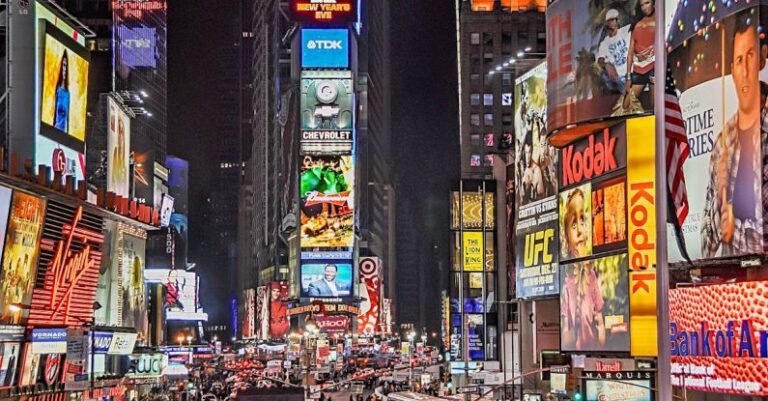How Do Ad Blockers Impact Digital Marketing?
In today’s digital age, where online advertising plays a crucial role in marketing strategies, the rise of ad blockers has brought about a significant impact on the effectiveness of digital marketing efforts. Ad blockers are software programs designed to prevent online ads from displaying on websites or mobile apps. As more internet users install ad blockers to enhance their browsing experience, marketers are faced with the challenge of reaching their target audience through alternative means. Let’s delve into how ad blockers are reshaping the landscape of digital marketing.
The Challenge for Marketers
Ad blockers pose a formidable challenge for digital marketers who rely on online advertising to promote their products or services. With a growing number of internet users opting to block ads, marketers are finding it increasingly difficult to deliver their messages to the intended audience. Traditional banner ads, pop-ups, and video ads are often the first casualties of ad blocking software, leaving marketers with limited options to engage with consumers in a non-intrusive manner.
Native Advertising as a Solution
In response to the rise of ad blockers, many marketers have turned to native advertising as a viable solution to reach their target audience effectively. Native advertising seamlessly blends in with the content of a website or app, making it less intrusive and more likely to be viewed by users who have ad blockers enabled. By creating engaging and relevant sponsored content that provides value to the audience, marketers can overcome the limitations imposed by ad blockers and establish a more meaningful connection with consumers.
Targeted Advertising and Personalization
Another strategy that marketers are adopting to navigate the challenges posed by ad blockers is targeted advertising and personalization. By leveraging data analytics and consumer insights, marketers can create highly targeted ads that are more relevant to individual users. Personalizing the advertising experience not only increases the chances of engaging with consumers but also improves the overall effectiveness of digital marketing campaigns. With ad blockers in place, the importance of delivering personalized and targeted ads cannot be overstated.
The Rise of Influencer Marketing
Influencer marketing has emerged as a powerful tool for marketers to circumvent the impact of ad blockers and connect with consumers in a more authentic way. By partnering with influencers who have a loyal following and credibility in a particular niche, marketers can leverage their influence to promote products or services to a receptive audience. Influencer marketing relies on building trust and relationships with consumers, making it a valuable strategy for brands looking to bypass the barriers created by ad blockers and engage with consumers on a more personal level.
Content Marketing and SEO
Content marketing and search engine optimization (SEO) have become essential components of digital marketing strategies in the age of ad blockers. By creating high-quality, relevant content that resonates with the target audience, marketers can attract organic traffic to their websites and bypass the need for traditional online advertising. SEO plays a crucial role in ensuring that content is discoverable by users who are actively seeking information related to a brand or product. By focusing on creating valuable content that addresses the needs and interests of consumers, marketers can establish a strong online presence and drive engagement without relying on paid advertising.
Embracing New Technologies
As ad blockers continue to impact the digital marketing landscape, marketers must adapt and embrace new technologies to stay ahead of the curve. Emerging technologies such as augmented reality (AR), virtual reality (VR), and artificial intelligence (AI) offer exciting opportunities for marketers to create immersive and interactive experiences that capture the attention of consumers. By exploring innovative ways to engage with audiences through these technologies, marketers can overcome the challenges posed by ad blockers and deliver compelling content that resonates with consumers on a deeper level.
Innovative Strategies for Engagement
In conclusion, the rise of ad blockers has forced digital marketers to rethink their strategies and embrace innovative approaches to engage with consumers in a changing landscape. By focusing on native advertising, targeted advertising, influencer marketing, content marketing, SEO, and new technologies, marketers can navigate the challenges posed by ad blockers and create meaningful connections with their target audience. Ad blockers may present obstacles, but they also present opportunities for marketers to explore creative solutions and enhance the effectiveness of their digital marketing efforts in an evolving digital ecosystem.






